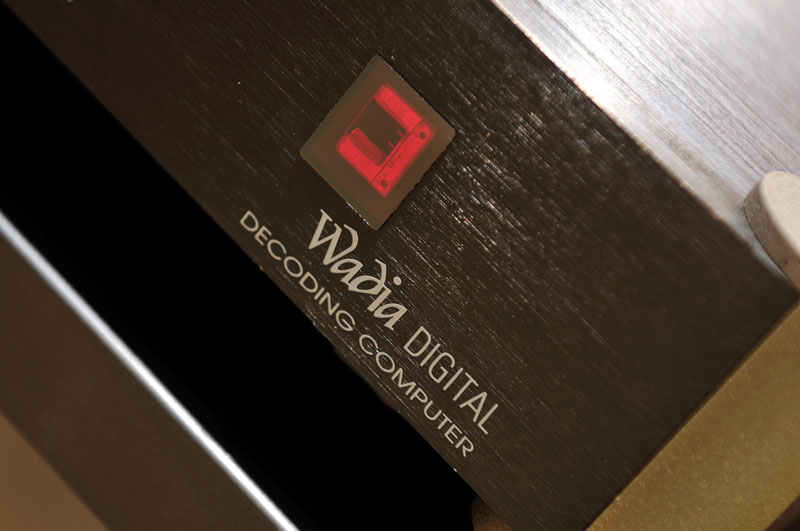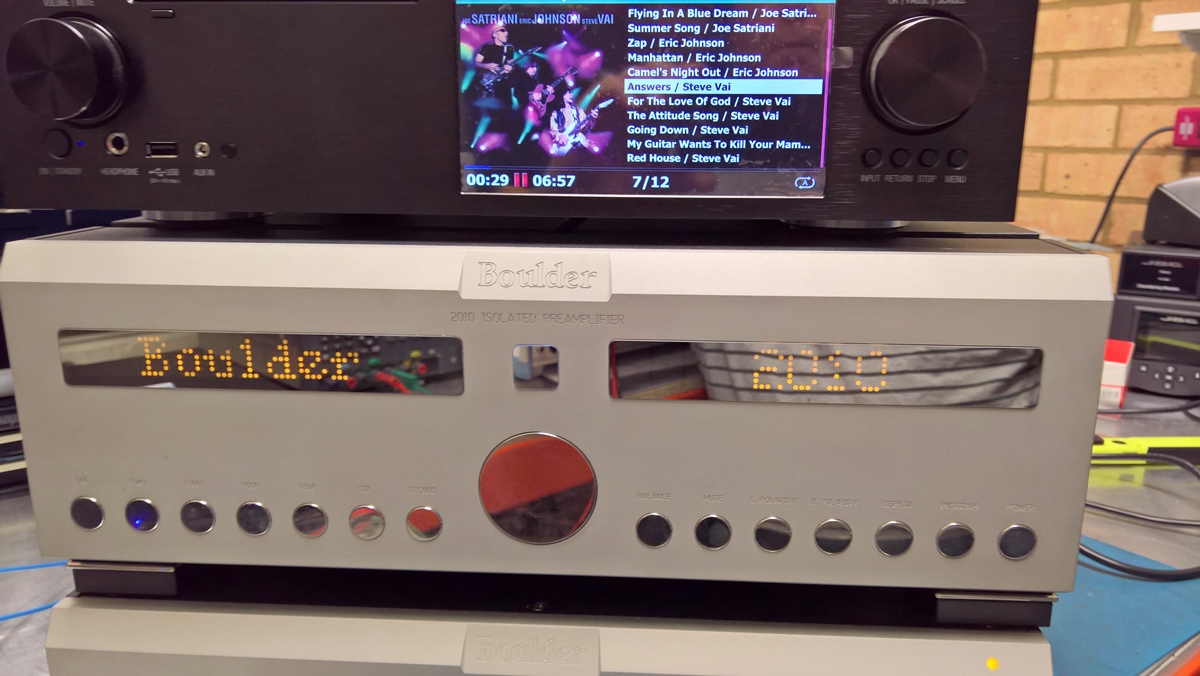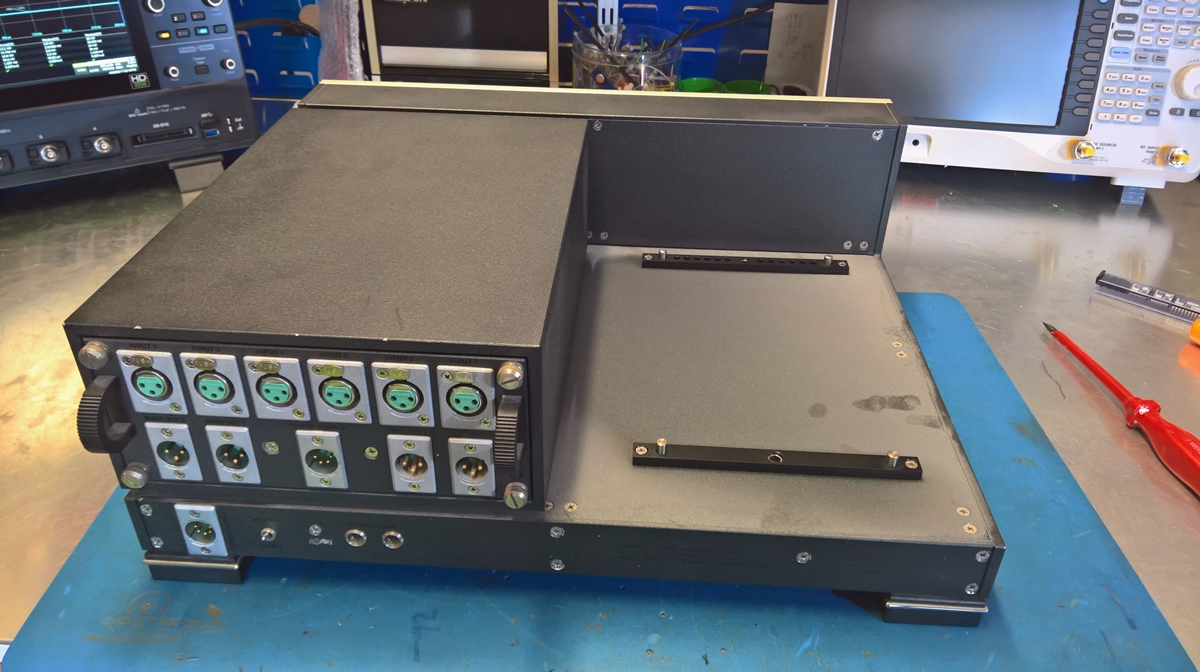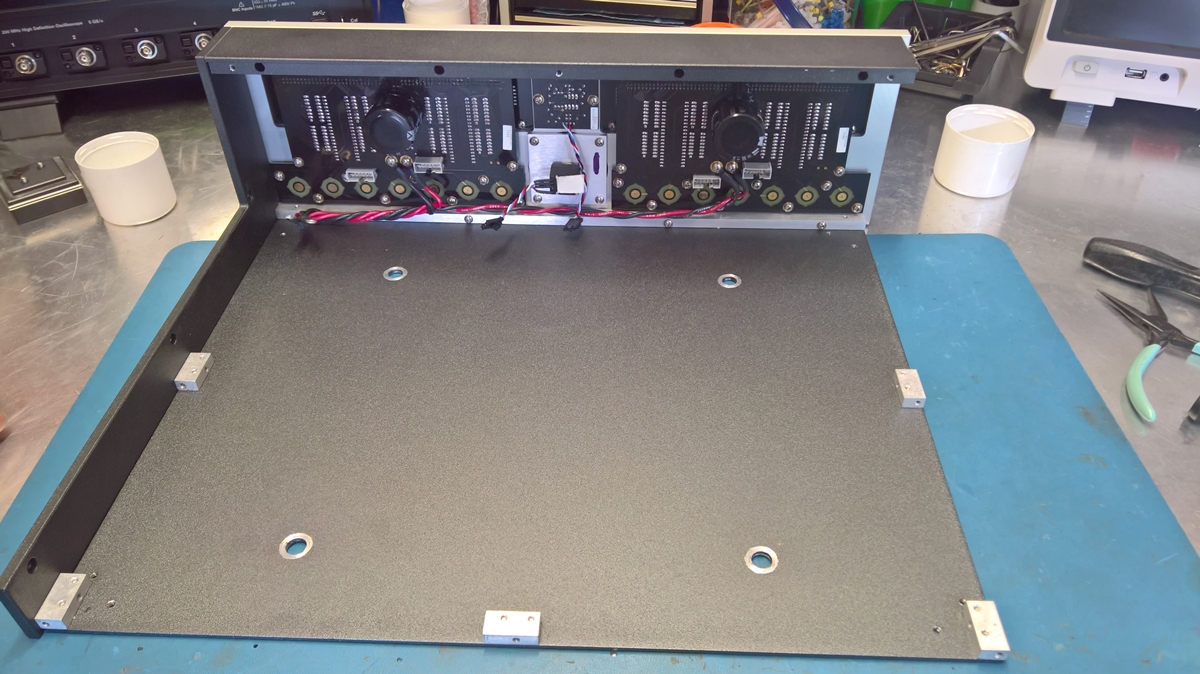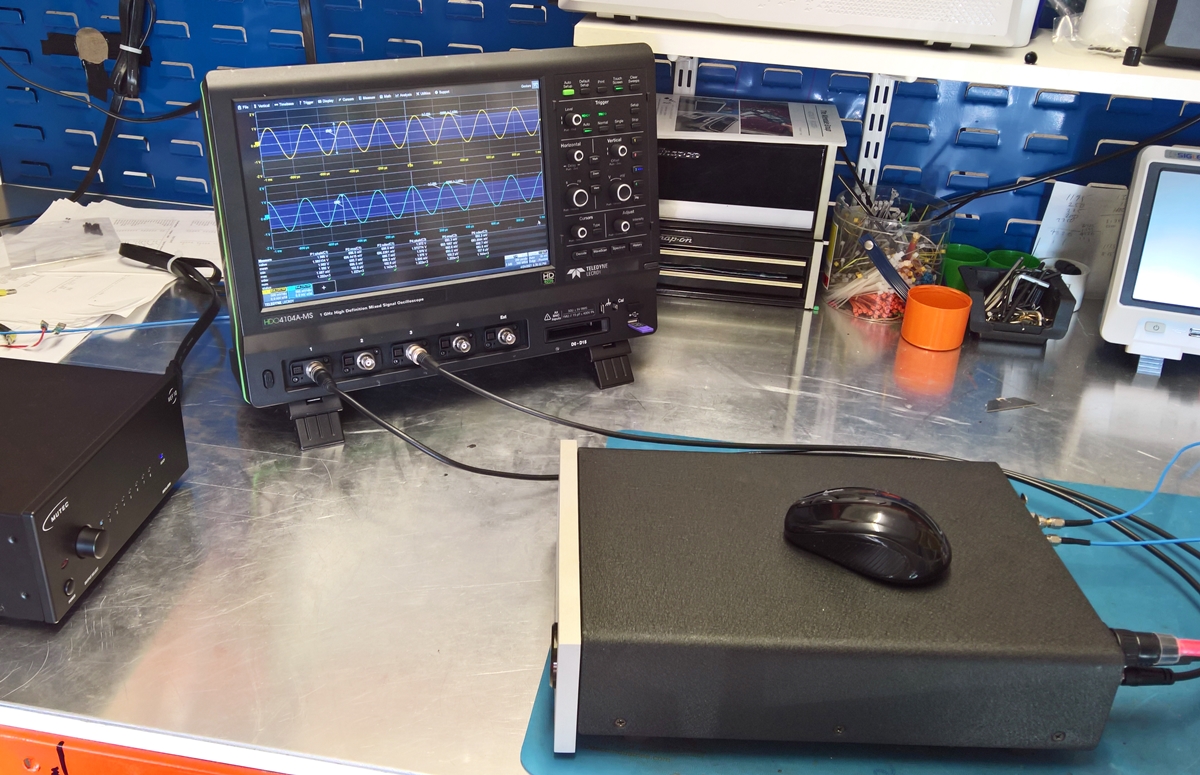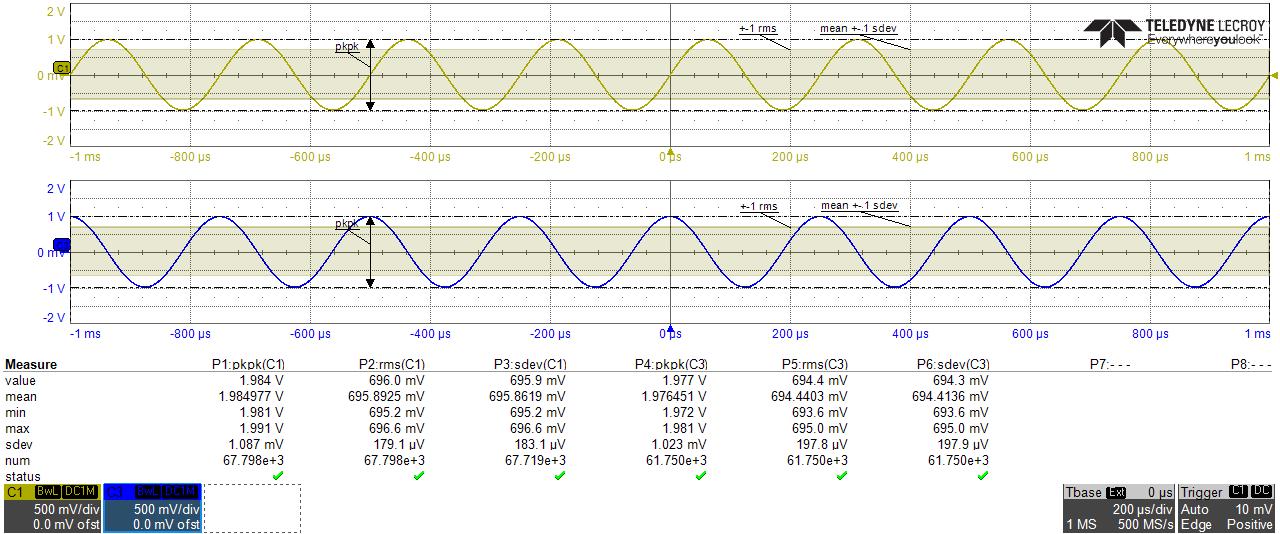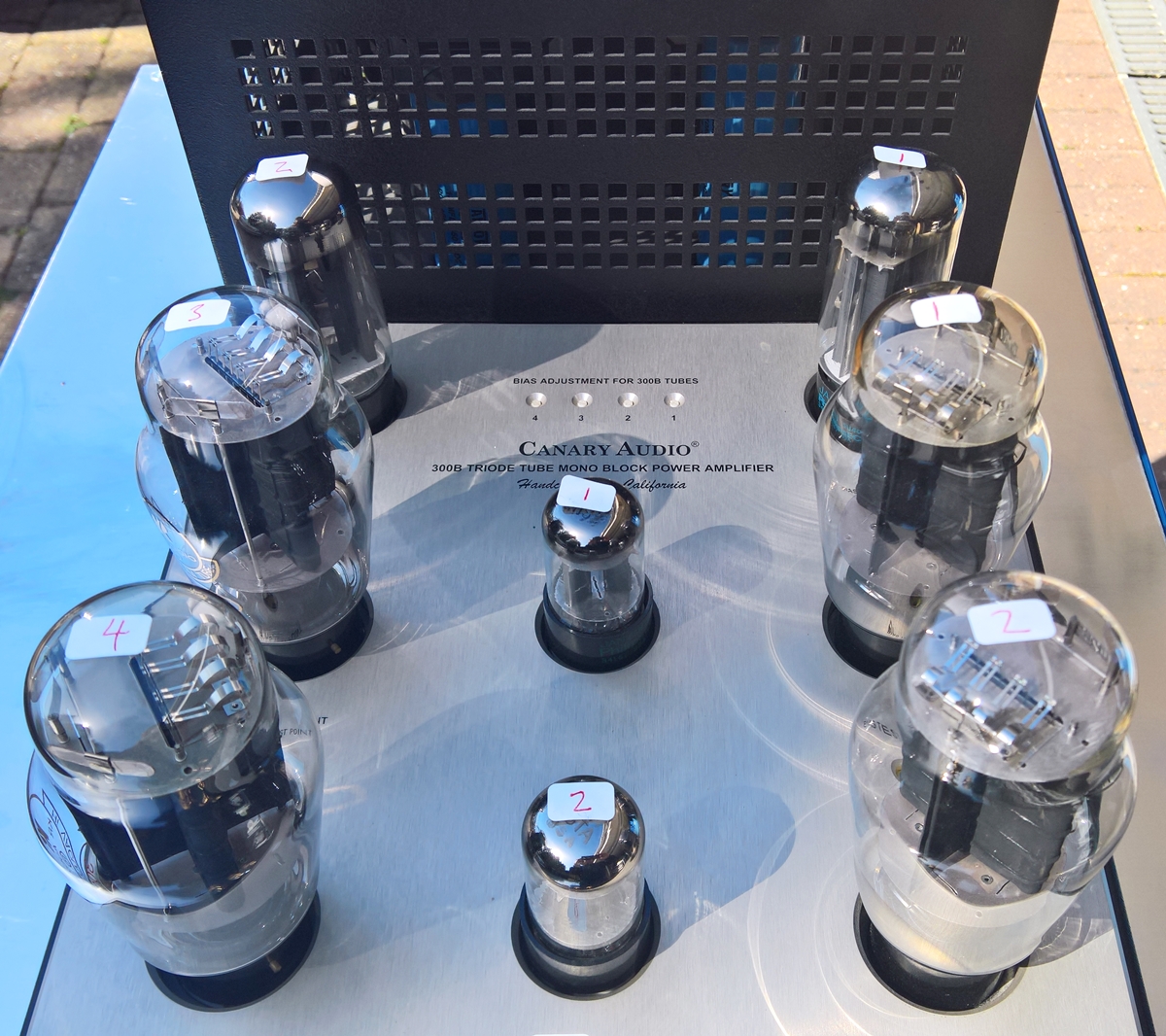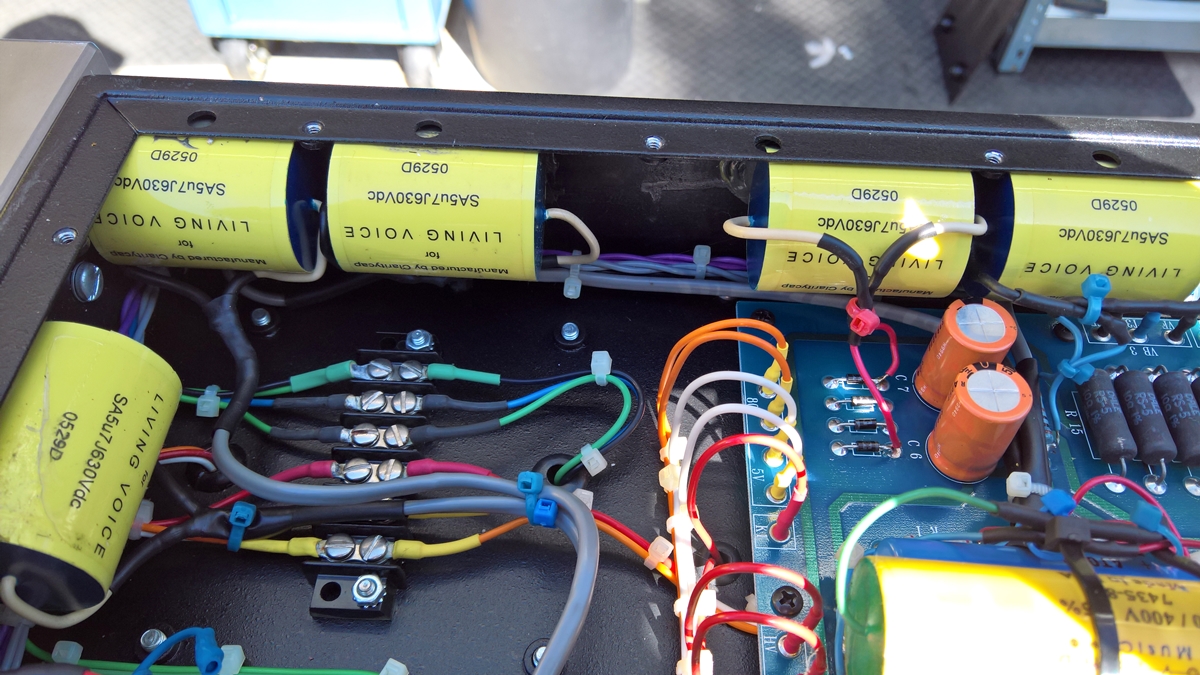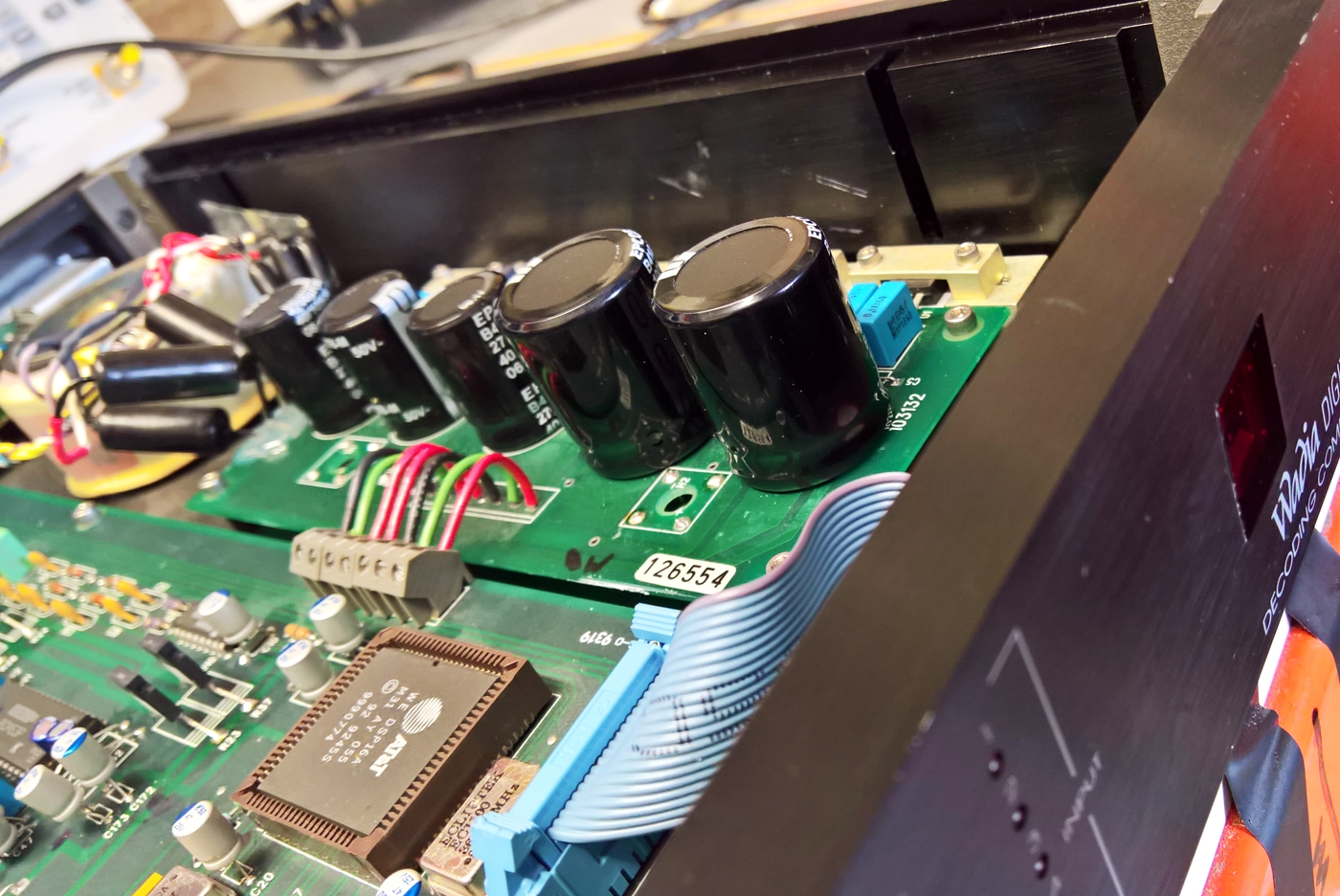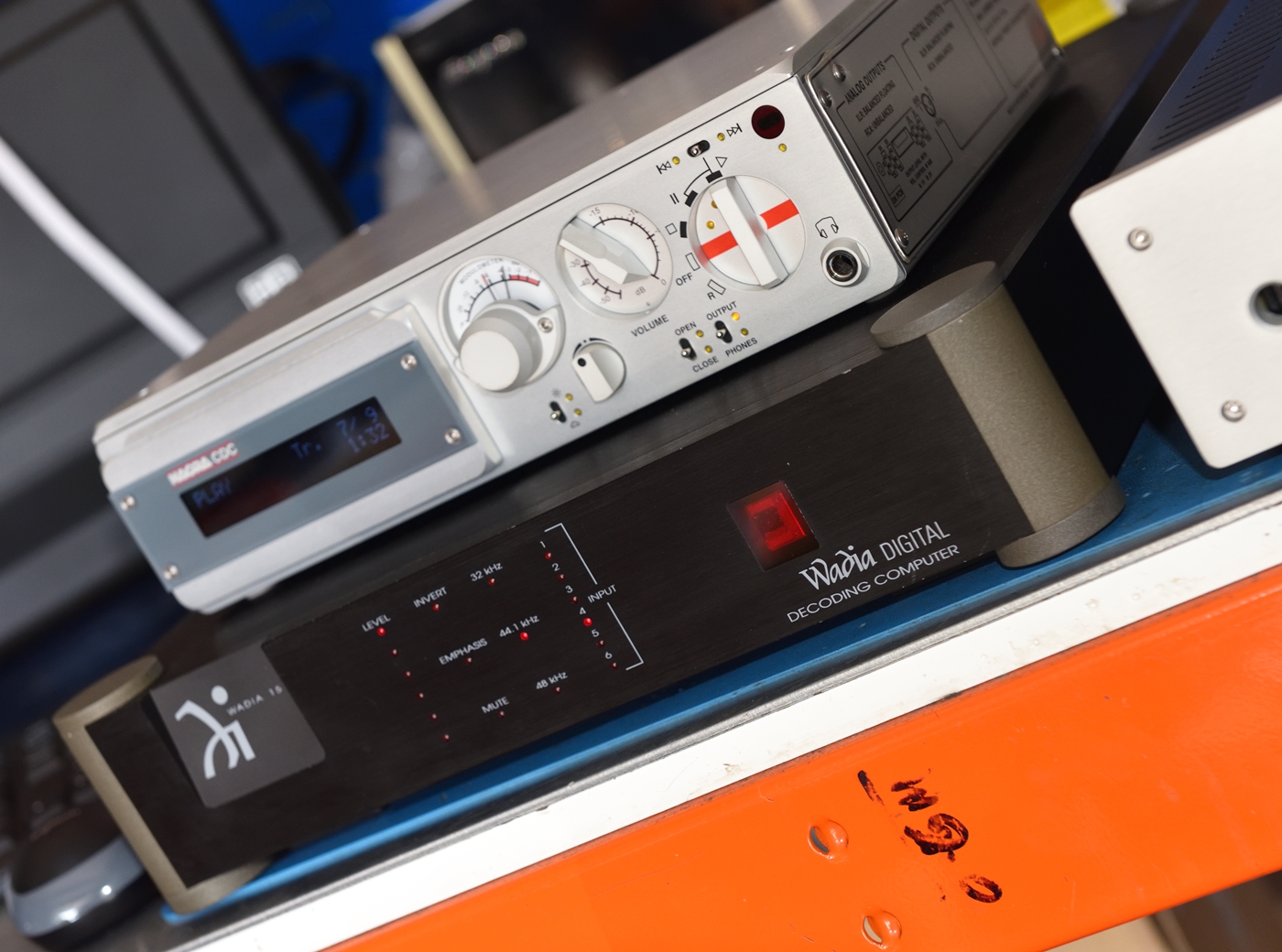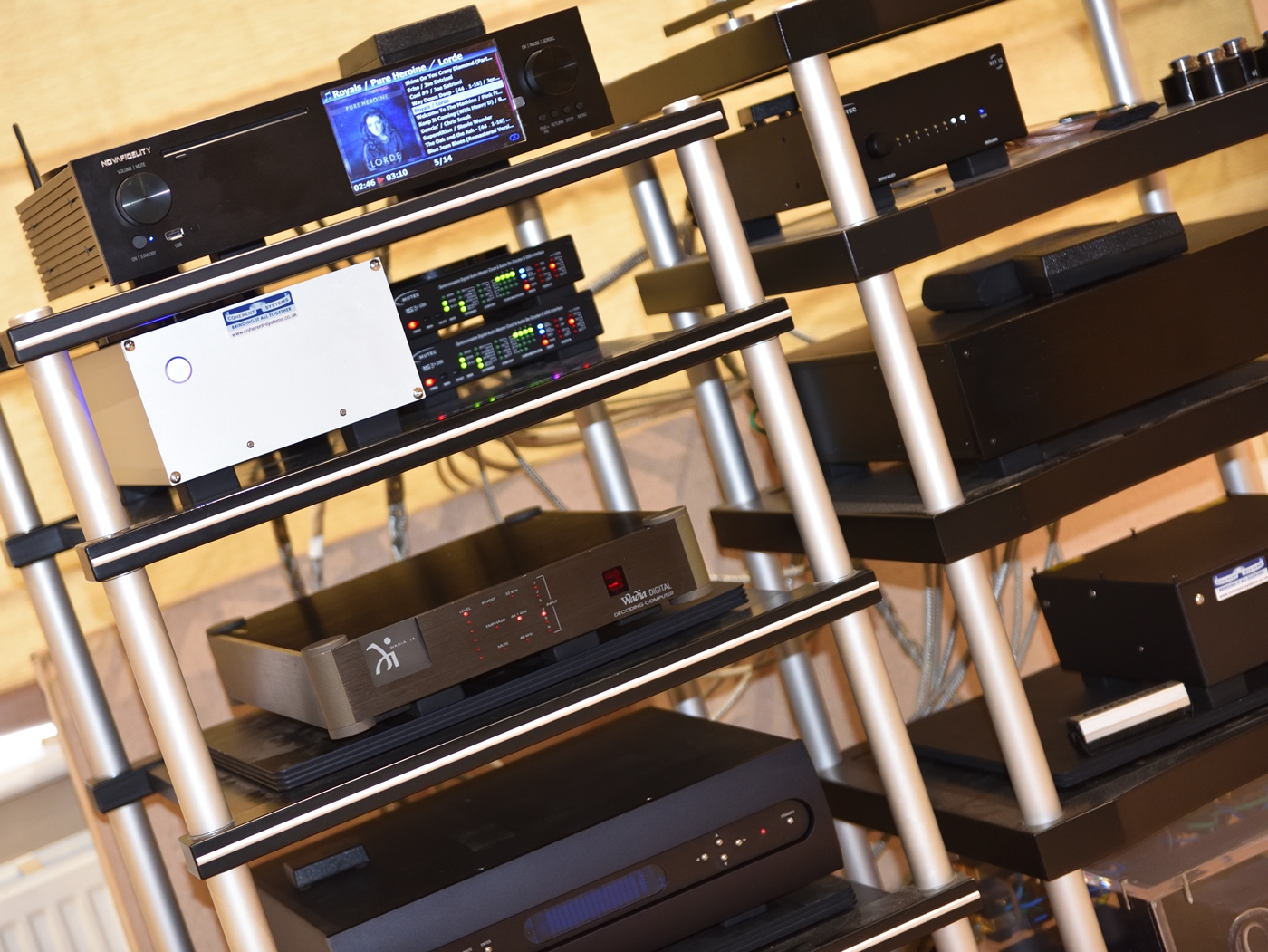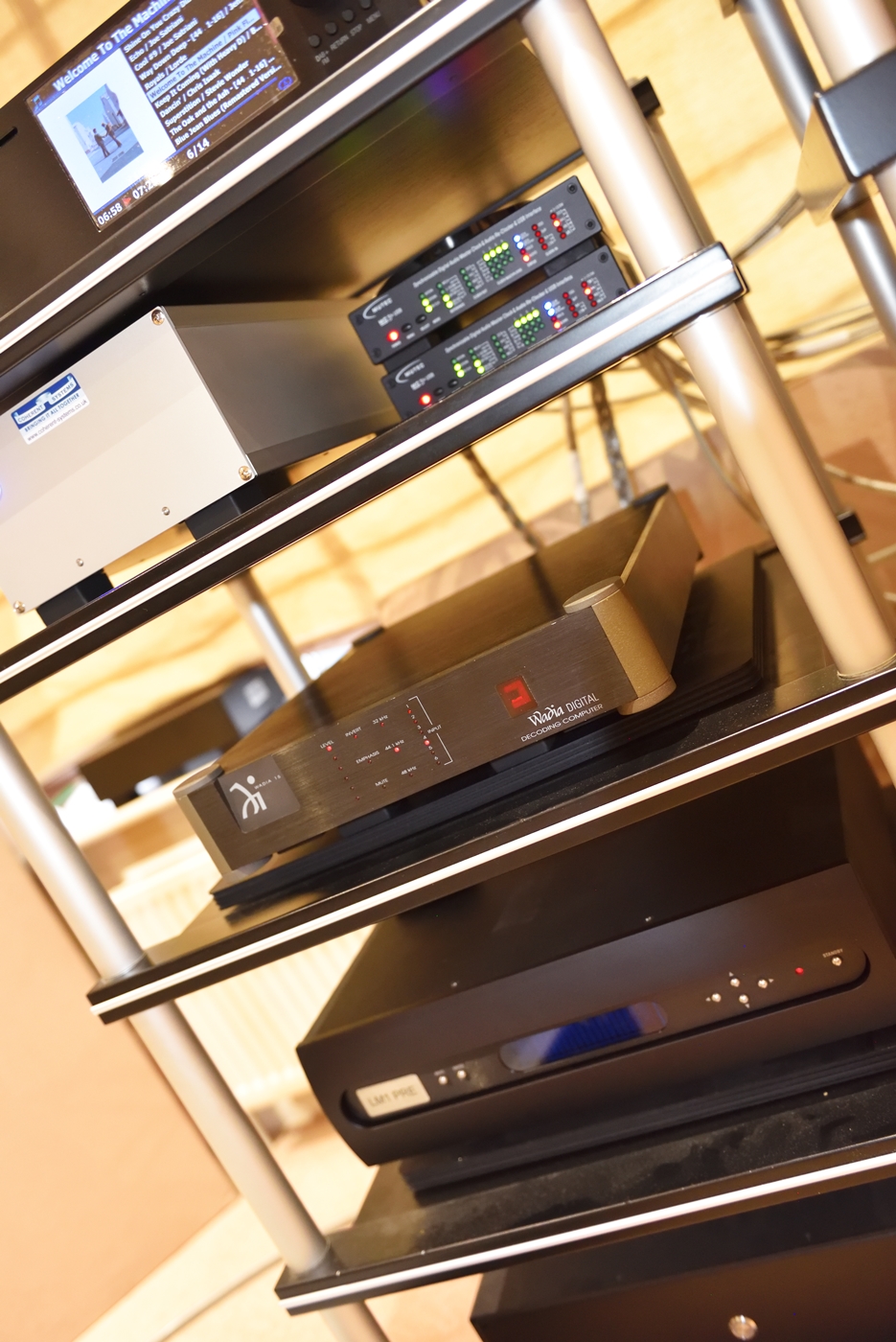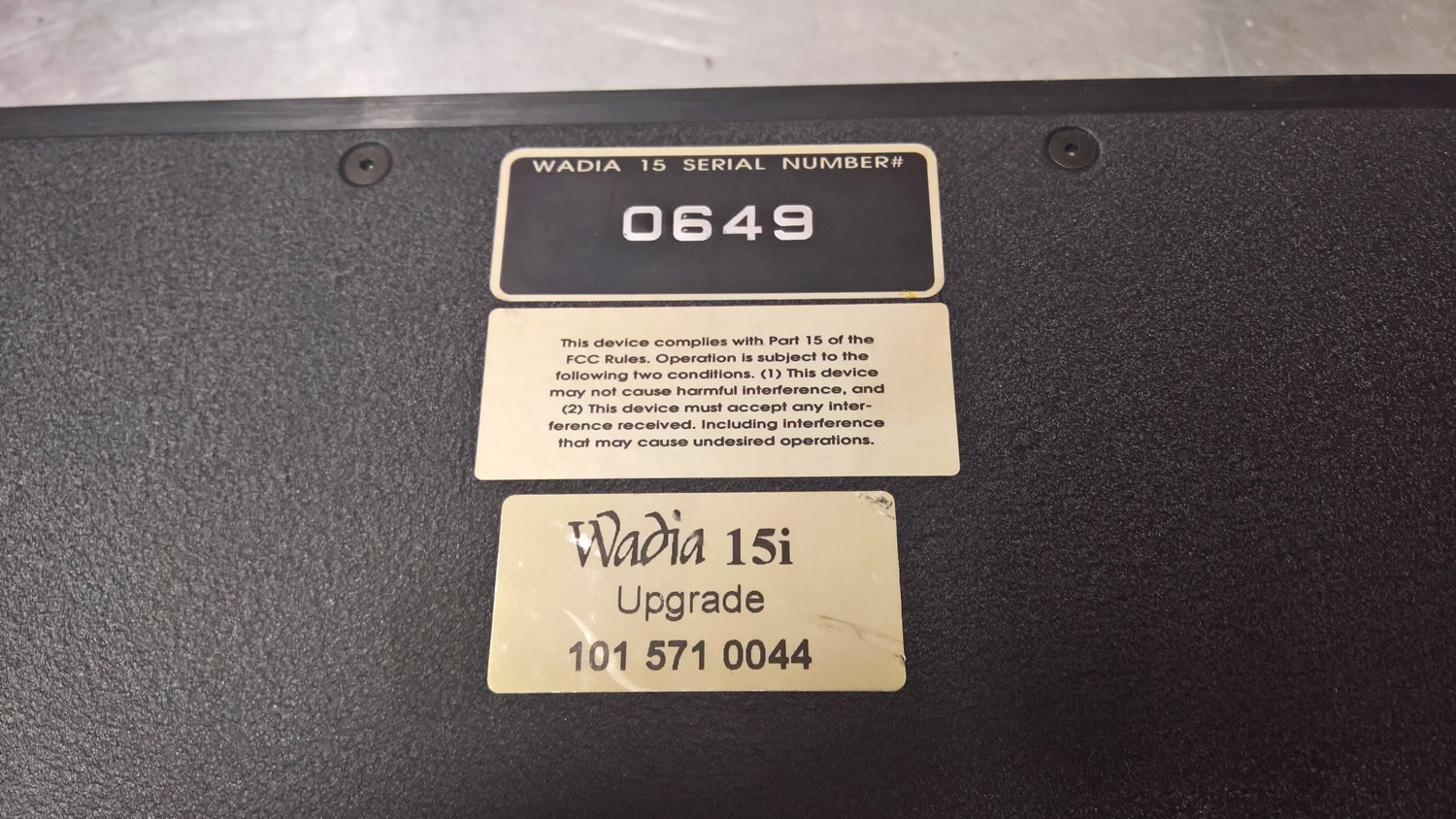Post by misterc on Apr 17, 2021 11:42:17 GMT
Well I though I would share you thoughts with you on equipment I personally have a soft spot for from days of old and knights were bold plus the odd the new piece that catches my ear.
Today I am going to start with a real old favourite but a serious goody, well to good old me, one of the first pieces of audio to really captivate the essence of the musicians. Yes today's asr's latest and great are far superior in terms of detail, noise floor and technical innovations BUT very, very few really take you to musicians performance, this is the tale of one of them.
Wormhole you say?, what has the possibility of time travel have in common with a 24 year old piece of electronics hardware?
Pretty sure even Jerry had not mastered FTL interstellar travel at the point let alone moving vast distances (yes greater than Amazon’s dodgy tax returns) in the blink of eye whilst passing through the time barrier.
Do remember Blur was topping the charts, Mr cheesy grin spin (Toxic Blair) was elected to run the country and hipsters were just a mere figment of the newly born Chav’s imagination. What wonderful times they were
My first experience with the big ‘W’ was in 1996 when a freshly minted pair of Wadia’s new reference digital front end was presented to me by one of the UK most well known purveyors of sonic excellence in the UK at that time.No it wasn’t honest Dave’s audio emporium for the discerning purchaser I can hear a few scream from the balconies! In that period of Audio history there were two distinct brands that have top billing here in the UK.
In the red and white corner England’s own DCS with its multi-box 952 dac / 972 dac and 990 master clock these were studio based products which later became the Delius and Elgar dac’s and slightly later the Verona word clock and Purcell up-sampler.
In the blue corner America’s Wadia Digital with the 270 transport and 27 dac (later up-gradable to the ‘i’ and ‘x’ versions (which gave 24’96Khz inputs and new Digi-master filters (Wadia own proprietary DSP selectable filters)
Both were absolutely at the top of their game, yet sufficiently different as to attract a broad spectrum of fans for each aspect of audio reproduction.
DCS was absolutely more hifi, in that it majored on the presentation aspects of the music, big staging, note separation and more upper frequency information especially when using the full potential of the up-sample and clock. Open airy and delicate.
Wadia took a different stance; music to the Ann Arbor ex 3M people was about enjoyment, engagement and fun, but with no edges and putting a smile on your face. Although not a vinyl guy, a lot of my music appreciating turntable friends conceded that they would opt for a Wadia as they felt it made a fair representation of their beloved vinyl. High praise indeed
Honourable mention must go to the Mark Levinson digital stable and Theta digital products as well, both were very good, for me personally they didn’t generate that road to Damascus moment. Of course your mileage may vary (An overused saying by a wooden spoon merchant from north of boarder back in those days)
Wadia were the first company to really make CD sound good imho, they patented many innovations in early digital replay, transport / dac combinations, clock links which slaved transport and dac together via a glass fibre cables, Rok lock internal clocking, multiple dac’s in parallel and dual differential configurations.
Genuine true balanced outputs, low impedance outputs, high current etc
Along with a genuine digital pre amplifier built in plus they unique own DSP (Digital Signal Processing) algorithm the dig master filter array where the up-sample / re-sampling was first done in hardware.
However Wadia did not use the brick wall filter Ala’ as Mr Nyquist intended but the Wadia sonics gave a more driven sound (Not forced like Naim's whippet thrasher and toe tappers club!) with big fulsome bass that propelled the music along in an unforced and entertaining manner.
It has BIG sound staging and a far more palpable and textured sound than the DCS, however part of the Digi master filter traits was to use some of the digital resolution (bits) to power their direct connect internal pre-amp which resulted in the upper frequencies being rolled off, -1dB @ 16Khz and a full -3dB @ 20Khz which in some models could produce a darker sounding unit.
Wadia digital master filter reasoning
“The Digi-Master spline-fit interpolation algorithm, which is designed to minimize the temporal smearing inherent in interpolation schemes. According to Wadia, a standard D/A conversion operation and brick-wall low-pass filter will smear an impulse over approximately ±1.7ms. The Digi-Master algorithm reduces this to ±0.13ms, which is a big contributor to Wadia players' precise, focused sound”
This was achieved by the use of FPGA’s Field-Programmable Gate Arrays like rom chips of old, a change of chip was required to implement any firmware changes that were made, like improvements to the digi-master filter.
You win some you lose some as in most of life! Later models used resolution enhancement stages (SRC’s?) which boosted the bit rate to help compensate for the use of the bits (dither) to drive the pre amp section. But still resolution was only 21 bits, until the very last true Wadia models (861/270/27ix).
Certain Wadia models had three selectable filters; A to C and each gave a different presentation. With ‘A’ being the classic Wadia sound
Wadia explanation on alternative digital filters
“The two alternative algorithms use more typical interpolation schemes, achieving their 32x up-sampling by cascading three stages: 2x/8x/2x. These algorithms provide more extended high-frequency response—ie, essentially flat to 20kHz—at the expense of more temporal smearing than with the Digi-Master scheme. Both algorithms are claimed to improve substantially on a standard conversion and brick-wall filter, however, reducing the time-domain smearing to about ±0.5ms.”
Unlike the DCS dac’s the Wadia’s did not accept 24/96Khz at first, they used what are still considered to be some of the best, most musical dac chips ever made (calm down TTDA1541A-S2 double crown owners, this is real music making, not Jazz cat’s)
The stars of the Wadia digital show at that point were the Burr Brown PCM 63 ‘K’ grade and the 1702 ‘k’ grade dac chips. Though the 1702 is generally regarded as a very close second (Implementation again is always the key here in digital stages both are very good) to obtain the specification Wadia required they ran two or four pairs in parallel depending on the models. These were 24/48Khz at best, though with the Wadia 15 and 25 etc only 20 bits out the possibly 24 input were utilised.
Later models 861 onwards used Burr Brown 1704 24/96Khz chips in dual dac’s per channel configuration or in the case of the later 922 decoding computers dac etc 8 dac chips were used four per channel to increase the signal to noise ratio, but still only 24/96Khz input only.
The bottom line was Wadia’s made music fun and engaging upto the later 3/5/7 series players which used a different CD drive mechanism although the dac sections were very similar apart from a swift current output stage (Wadia’s own design I/V stages) instead of high specification Burr Brown op-amps and buffer stages in true dual differential mode.
History lesson over now promise, my old history teacher could bore the bollocks off a charging Rhino at 60 paces, so you guys will be luckier
I ran the big Wadia pair for three years until my personal position changed, everything was liquidated (No I wasn’t made an offer I couldn't refuse ) and life saw me running an Arcam system which I used for a few years, (perfectly pleasant) until I could put myself back on my feet again.
) and life saw me running an Arcam system which I used for a few years, (perfectly pleasant) until I could put myself back on my feet again.
A few years later I found myself gainfully employed at Omiga technologies (later to spawn Omiga Audio) one of the directors, Tim was an out and out speaker whore par excellence’, his excuse was he needed to find the best speaker combination for his rather nice office system.
Mind you I had never met anyone who owned as many pairs of speakers as this chap at work (They were stored in the exhibition stand rooms) over twelve assorted pairs and counting. He hasn’t changed in the 15 years either!
The audio bug began to sink its teeth into my sub consonance and the small itch which started out, now manifested itself into a big scratch!
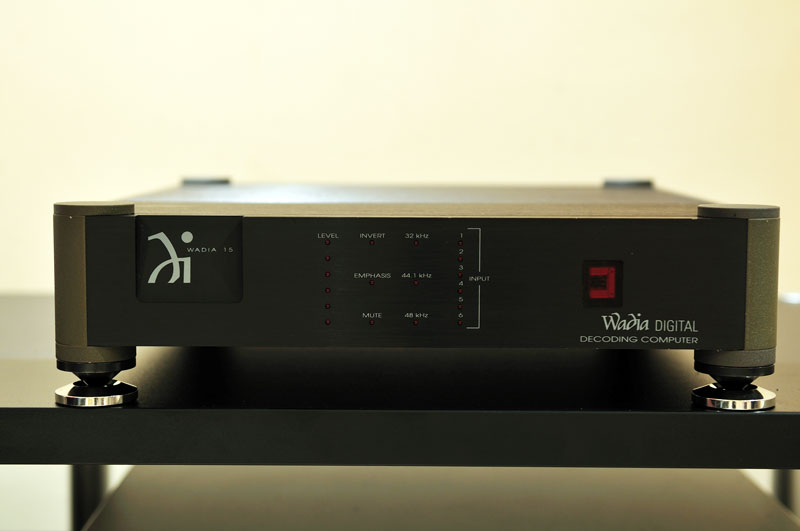
After many months of searching I stumbled across a nice condition 8 transport and 15 dac from the US a deal was struck, funds exchanged and the week long wait for Fed-ex to deliver the eagerly awaited cargo.
The pair arrived on bloody awful wet and windy Tuesday in February 2002 (how can you be so accurate I hear you ask?) simple the delivery date label is still on the box!!!
Work was ‘postponed’ that afternoon as more important matter needed to be attended to.
The moment was finally here, the big switch on (even at work we had a pair of Linn Kabor’s which were quite passable at the time, well I was informed of this!) just before I plugged the mains lead into the dac, remembering a small matter of voltage difference.
Back then Wadia had designed their equipment to work world wide by the use of a very simple idea. In the IEC plug area was a sliding piece of Perspex which contained the fuse section but also a small printed circuit board that was multi sided and reversible, so you just selected the appropriate voltage printed on the circuit card! Hey presto and the little red LED illuminated (no on/off switch, much to mundane for Wadia in those days!),
Next up the Wadia 8 Transport the screen initialised, about to hit the eject button and the screen just faded away, like Labour’s Brexit policy after Corbin took the hot seat.A few expletives’ were cast about the establishment at the juncture in time I might add. After a couple hours, an investigation revealed a small piece of debris had come loose in transport and cause a dead short in the main power supply.
Now around 6pm and the big moment arrived, all systems go and wait for it, Arhhhh what a averagely disappointing sound, at that point you could be forgiven that Naim actually made quality sounding equipment. Feeling somewhat dejected and wondering if an apparition of “Arthur Daley” was about to appear and utter those immortal words “You’ve been done my son”
Work had dictated that a customer site visit was now impending so we did not return to the scene of the crime for a few days.
In the magazines and on the US forums (Audiogon etc) Wadia’s bugbear was feverishly discussed, concerning the amount of warm up time required before Wadia’s came fully on song, I had taken this with a large pinch of CJ Ross.
Pretty sure even Jerry had not mastered FTL interstellar travel at the point let alone moving vast distances (yes greater than Amazon’s dodgy tax returns) in the blink of eye whilst passing through the time barrier.
Do remember Blur was topping the charts, Mr cheesy grin spin (Toxic Blair) was elected to run the country and hipsters were just a mere figment of the newly born Chav’s imagination. What wonderful times they were

My first experience with the big ‘W’ was in 1996 when a freshly minted pair of Wadia’s new reference digital front end was presented to me by one of the UK most well known purveyors of sonic excellence in the UK at that time.No it wasn’t honest Dave’s audio emporium for the discerning purchaser I can hear a few scream from the balconies! In that period of Audio history there were two distinct brands that have top billing here in the UK.
In the red and white corner England’s own DCS with its multi-box 952 dac / 972 dac and 990 master clock these were studio based products which later became the Delius and Elgar dac’s and slightly later the Verona word clock and Purcell up-sampler.
In the blue corner America’s Wadia Digital with the 270 transport and 27 dac (later up-gradable to the ‘i’ and ‘x’ versions (which gave 24’96Khz inputs and new Digi-master filters (Wadia own proprietary DSP selectable filters)
Both were absolutely at the top of their game, yet sufficiently different as to attract a broad spectrum of fans for each aspect of audio reproduction.
DCS was absolutely more hifi, in that it majored on the presentation aspects of the music, big staging, note separation and more upper frequency information especially when using the full potential of the up-sample and clock. Open airy and delicate.
Wadia took a different stance; music to the Ann Arbor ex 3M people was about enjoyment, engagement and fun, but with no edges and putting a smile on your face. Although not a vinyl guy, a lot of my music appreciating turntable friends conceded that they would opt for a Wadia as they felt it made a fair representation of their beloved vinyl. High praise indeed
Honourable mention must go to the Mark Levinson digital stable and Theta digital products as well, both were very good, for me personally they didn’t generate that road to Damascus moment. Of course your mileage may vary (An overused saying by a wooden spoon merchant from north of boarder back in those days)
Wadia were the first company to really make CD sound good imho, they patented many innovations in early digital replay, transport / dac combinations, clock links which slaved transport and dac together via a glass fibre cables, Rok lock internal clocking, multiple dac’s in parallel and dual differential configurations.
Genuine true balanced outputs, low impedance outputs, high current etc
Along with a genuine digital pre amplifier built in plus they unique own DSP (Digital Signal Processing) algorithm the dig master filter array where the up-sample / re-sampling was first done in hardware.
However Wadia did not use the brick wall filter Ala’ as Mr Nyquist intended but the Wadia sonics gave a more driven sound (Not forced like Naim's whippet thrasher and toe tappers club!) with big fulsome bass that propelled the music along in an unforced and entertaining manner.
It has BIG sound staging and a far more palpable and textured sound than the DCS, however part of the Digi master filter traits was to use some of the digital resolution (bits) to power their direct connect internal pre-amp which resulted in the upper frequencies being rolled off, -1dB @ 16Khz and a full -3dB @ 20Khz which in some models could produce a darker sounding unit.
Wadia digital master filter reasoning
“The Digi-Master spline-fit interpolation algorithm, which is designed to minimize the temporal smearing inherent in interpolation schemes. According to Wadia, a standard D/A conversion operation and brick-wall low-pass filter will smear an impulse over approximately ±1.7ms. The Digi-Master algorithm reduces this to ±0.13ms, which is a big contributor to Wadia players' precise, focused sound”
This was achieved by the use of FPGA’s Field-Programmable Gate Arrays like rom chips of old, a change of chip was required to implement any firmware changes that were made, like improvements to the digi-master filter.
You win some you lose some as in most of life! Later models used resolution enhancement stages (SRC’s?) which boosted the bit rate to help compensate for the use of the bits (dither) to drive the pre amp section. But still resolution was only 21 bits, until the very last true Wadia models (861/270/27ix).
Certain Wadia models had three selectable filters; A to C and each gave a different presentation. With ‘A’ being the classic Wadia sound
Wadia explanation on alternative digital filters
“The two alternative algorithms use more typical interpolation schemes, achieving their 32x up-sampling by cascading three stages: 2x/8x/2x. These algorithms provide more extended high-frequency response—ie, essentially flat to 20kHz—at the expense of more temporal smearing than with the Digi-Master scheme. Both algorithms are claimed to improve substantially on a standard conversion and brick-wall filter, however, reducing the time-domain smearing to about ±0.5ms.”
Unlike the DCS dac’s the Wadia’s did not accept 24/96Khz at first, they used what are still considered to be some of the best, most musical dac chips ever made (calm down TTDA1541A-S2 double crown owners, this is real music making, not Jazz cat’s)
The stars of the Wadia digital show at that point were the Burr Brown PCM 63 ‘K’ grade and the 1702 ‘k’ grade dac chips. Though the 1702 is generally regarded as a very close second (Implementation again is always the key here in digital stages both are very good) to obtain the specification Wadia required they ran two or four pairs in parallel depending on the models. These were 24/48Khz at best, though with the Wadia 15 and 25 etc only 20 bits out the possibly 24 input were utilised.
Later models 861 onwards used Burr Brown 1704 24/96Khz chips in dual dac’s per channel configuration or in the case of the later 922 decoding computers dac etc 8 dac chips were used four per channel to increase the signal to noise ratio, but still only 24/96Khz input only.
The bottom line was Wadia’s made music fun and engaging upto the later 3/5/7 series players which used a different CD drive mechanism although the dac sections were very similar apart from a swift current output stage (Wadia’s own design I/V stages) instead of high specification Burr Brown op-amps and buffer stages in true dual differential mode.
History lesson over now promise, my old history teacher could bore the bollocks off a charging Rhino at 60 paces, so you guys will be luckier

I ran the big Wadia pair for three years until my personal position changed, everything was liquidated (No I wasn’t made an offer I couldn't refuse
 ) and life saw me running an Arcam system which I used for a few years, (perfectly pleasant) until I could put myself back on my feet again.
) and life saw me running an Arcam system which I used for a few years, (perfectly pleasant) until I could put myself back on my feet again.A few years later I found myself gainfully employed at Omiga technologies (later to spawn Omiga Audio) one of the directors, Tim was an out and out speaker whore par excellence’, his excuse was he needed to find the best speaker combination for his rather nice office system.
Mind you I had never met anyone who owned as many pairs of speakers as this chap at work (They were stored in the exhibition stand rooms) over twelve assorted pairs and counting. He hasn’t changed in the 15 years either!
The audio bug began to sink its teeth into my sub consonance and the small itch which started out, now manifested itself into a big scratch!

After many months of searching I stumbled across a nice condition 8 transport and 15 dac from the US a deal was struck, funds exchanged and the week long wait for Fed-ex to deliver the eagerly awaited cargo.
The pair arrived on bloody awful wet and windy Tuesday in February 2002 (how can you be so accurate I hear you ask?) simple the delivery date label is still on the box!!!
Work was ‘postponed’ that afternoon as more important matter needed to be attended to.
The moment was finally here, the big switch on (even at work we had a pair of Linn Kabor’s which were quite passable at the time, well I was informed of this!) just before I plugged the mains lead into the dac, remembering a small matter of voltage difference.
Back then Wadia had designed their equipment to work world wide by the use of a very simple idea. In the IEC plug area was a sliding piece of Perspex which contained the fuse section but also a small printed circuit board that was multi sided and reversible, so you just selected the appropriate voltage printed on the circuit card! Hey presto and the little red LED illuminated (no on/off switch, much to mundane for Wadia in those days!),
Next up the Wadia 8 Transport the screen initialised, about to hit the eject button and the screen just faded away, like Labour’s Brexit policy after Corbin took the hot seat.A few expletives’ were cast about the establishment at the juncture in time I might add. After a couple hours, an investigation revealed a small piece of debris had come loose in transport and cause a dead short in the main power supply.
Now around 6pm and the big moment arrived, all systems go and wait for it, Arhhhh what a averagely disappointing sound, at that point you could be forgiven that Naim actually made quality sounding equipment. Feeling somewhat dejected and wondering if an apparition of “Arthur Daley” was about to appear and utter those immortal words “You’ve been done my son”
Work had dictated that a customer site visit was now impending so we did not return to the scene of the crime for a few days.
In the magazines and on the US forums (Audiogon etc) Wadia’s bugbear was feverishly discussed, concerning the amount of warm up time required before Wadia’s came fully on song, I had taken this with a large pinch of CJ Ross.
Well I had to eat humble pie, blow me if they really do take a sodding eternity to really warm up. (The clue came later that year when I took a soldering iron to the dac in anger) All of the power supply regulators are bolted to heat sink blocks mounted directly to the chassis coupled with Wadia’s not inconsequential current draw simply means until the full chassis gets luke warm then it sounds pretty normal in every sense of the word and pretty sure that many a Wadia owner will testify to this.
Later on my 861SE genuinely took around five solid days to fully deliver its potential, it was so frustrating I purchased an inverter for the car so demonstrations at customer’s house could be realistically close to the full performance; such was the idiosyncratic nature of the beast.
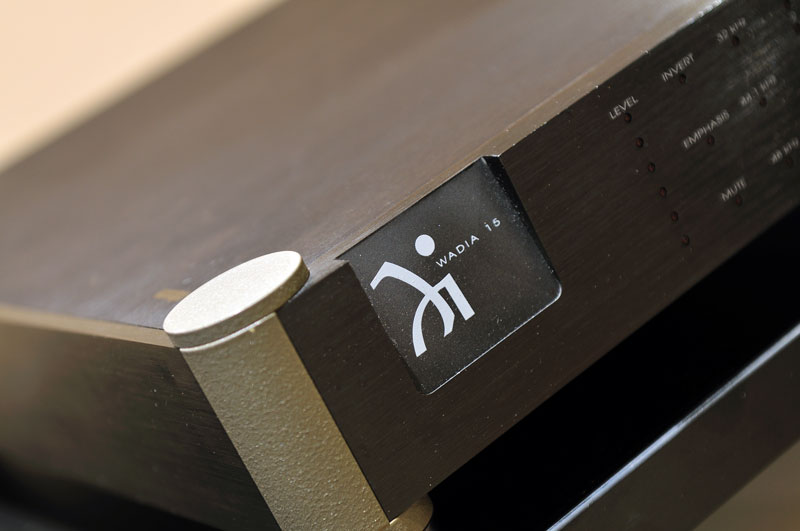
Moving on to the first time the Wadia combo delivered the sonic goodies, well it certainly caused us to not leave work until the wee early hours that evening/morning!
Describing the Wadia Sonics are simple: The 8 + 15 combo produced a big, full, bouncy and textured. Couple this with ground shaking bass and an absolutely rock tight rhythmic syncopation. Add to this with superb timing and no edges (for that time period anyway!) it all added up to a heady brew of musical psychotropic engagement that was incredibly additive (the ‘E’ purveyors of the rave culture would have struggled to keep up with the pace) Rhythm and Timing
Overstating things a touch?
Do remember the competition here was Quad, Linn, Naim, Krell, Cyrus and Arcam in the main stream. The DPA stuff was nice as was the Resolution Audio Opus 21, plus that odd tweaked within an inch of its life Pink triangle De Capo.
I remember visiting one of the Grand Wizards of Naim spin at that time Mick Parry, the full Monty Naim approach, they only thing was he had been listening out of phase, it took only a moment to notice the image was scurrying around the floor and the fabled Naim PRaT was missing a beat or two
Sorry I digress, music became fun and entertaining again, that year my system grew in stature and now the rest of the equipment was pretty much up to speed.
So it was time to lift the lid and inspect the gubbins as they say. At that point I had been working on and off with a thoroughly decent chap by the name of Graham Fowler (Trichord Research) on a couple of projects.
Over the next six months or so both the dac and the transport received some new components and some additions.
The Wadia transport received the very first dual rail never connected psu and digital output board. The dac had all of the op amps replaced with AD825’s (all biased into class ‘A’ with constant current devices), complete psu overhaul, dac chip decoupling vastly improved, along with the PLL upgrade.
The upshot was it really did compel you to listen to music for ridiculous amounts of time to the point of being more tired than a Tory closet sadomasochist prone to outlandish sexual deviancy with an old school tie, school cleaner (Select either gender as appropriate) and an exclusive Belgravia apartment .
I lived with that combination at a time in my life that was a lot simpler and far less stressful than it is now, so maybe mood and state of mind play a part as well.
The Wadia transport used the ubiquitous TEAC CMK4 mechanism which gave the sound it’s big meaty textures and sterling bass.
The TEAC models which used the same transport didn’t quite cut the same mustard; they always were slower and a bit ploddy in comparison and lacked a little detail.
The dac imparted the combination with the drive, pace and real gravitas along with the detail and some darkness it could be argued. Well that rekindled the journey in to the land of Wadia’s for the next 15 years!, going into detail there would be far to long and well you have better things to do I’m sure.
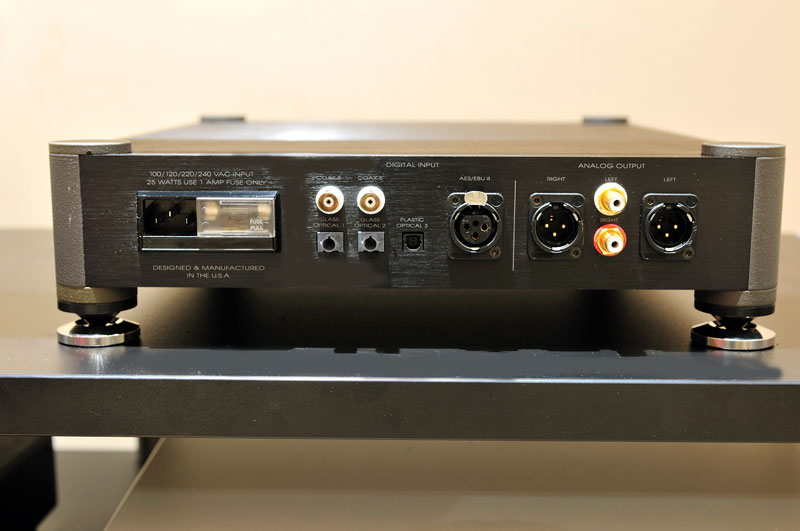
Now to the real purpose of this post; around 6 weeks ago I caught up with that very Wadia 15 dac, the original chap I had sold it to, still owned it!
He had not used for 5 years (criminal case to answer there M’Lud if ever there was one!) Well after getting home and dropping into the current system which is a quantum leap and then some above the 15’s last outing with myself.
Well the bloody warm up time is still an issue! however I just left it plugged in on one of the racks which the day to day grind went on.
The Wadia 15 had lost none of its musical magic what so ever, only this time the limitations of 90’s technology became apparent compared to the usual dac which performs the conversion duties. The noise floor was obvious, the lack of detail was obvious, and it was a touch grainy.
However it still processed the ability to really take you on a musical journey, not the usual latest digital device pouring a pot of multi coloured paint over the proceedings to impress you.
The 15 stayed in the system for a few weeks and I just had to swap back at least one a day to get my ‘fix’ Well as sure as an EU commissioner looks at the figures for Brexit and weeps the lid had to come off again!
A couple of days of implementing some ‘minor’ improvements with some up to date technology have been rewarded with a Wadia which now can take on some of the real big hitters in today’s digital replay world.
You have to be careful with such wonderful sounding equipment so easy to over egg the pudding and spoil all of Wadia’s hard work, so carefully thought out changes have been made. The result of which is very easy to portray, it just like a Wadia but better, in red book mode 16/44Khz it is just plain disturbingly good, it imbibes a musical character that just makes you fall in love with music all over again. Like bumping into your first serious relationship 20 years after you separated and feeling yes it was damn good when it happened and she has stood the test of time rather well
Sorry for the tomb but the Wadia15 is worth it, like a first class wine, it just gets better and better.
Later on my 861SE genuinely took around five solid days to fully deliver its potential, it was so frustrating I purchased an inverter for the car so demonstrations at customer’s house could be realistically close to the full performance; such was the idiosyncratic nature of the beast.

Moving on to the first time the Wadia combo delivered the sonic goodies, well it certainly caused us to not leave work until the wee early hours that evening/morning!
Describing the Wadia Sonics are simple: The 8 + 15 combo produced a big, full, bouncy and textured. Couple this with ground shaking bass and an absolutely rock tight rhythmic syncopation. Add to this with superb timing and no edges (for that time period anyway!) it all added up to a heady brew of musical psychotropic engagement that was incredibly additive (the ‘E’ purveyors of the rave culture would have struggled to keep up with the pace) Rhythm and Timing
Overstating things a touch?
Do remember the competition here was Quad, Linn, Naim, Krell, Cyrus and Arcam in the main stream. The DPA stuff was nice as was the Resolution Audio Opus 21, plus that odd tweaked within an inch of its life Pink triangle De Capo.
I remember visiting one of the Grand Wizards of Naim spin at that time Mick Parry, the full Monty Naim approach, they only thing was he had been listening out of phase, it took only a moment to notice the image was scurrying around the floor and the fabled Naim PRaT was missing a beat or two

Sorry I digress, music became fun and entertaining again, that year my system grew in stature and now the rest of the equipment was pretty much up to speed.
So it was time to lift the lid and inspect the gubbins as they say. At that point I had been working on and off with a thoroughly decent chap by the name of Graham Fowler (Trichord Research) on a couple of projects.
Over the next six months or so both the dac and the transport received some new components and some additions.
The Wadia transport received the very first dual rail never connected psu and digital output board. The dac had all of the op amps replaced with AD825’s (all biased into class ‘A’ with constant current devices), complete psu overhaul, dac chip decoupling vastly improved, along with the PLL upgrade.
The upshot was it really did compel you to listen to music for ridiculous amounts of time to the point of being more tired than a Tory closet sadomasochist prone to outlandish sexual deviancy with an old school tie, school cleaner (Select either gender as appropriate) and an exclusive Belgravia apartment .
I lived with that combination at a time in my life that was a lot simpler and far less stressful than it is now, so maybe mood and state of mind play a part as well.
The Wadia transport used the ubiquitous TEAC CMK4 mechanism which gave the sound it’s big meaty textures and sterling bass.
The TEAC models which used the same transport didn’t quite cut the same mustard; they always were slower and a bit ploddy in comparison and lacked a little detail.
The dac imparted the combination with the drive, pace and real gravitas along with the detail and some darkness it could be argued. Well that rekindled the journey in to the land of Wadia’s for the next 15 years!, going into detail there would be far to long and well you have better things to do I’m sure.

Now to the real purpose of this post; around 6 weeks ago I caught up with that very Wadia 15 dac, the original chap I had sold it to, still owned it!
He had not used for 5 years (criminal case to answer there M’Lud if ever there was one!) Well after getting home and dropping into the current system which is a quantum leap and then some above the 15’s last outing with myself.
Well the bloody warm up time is still an issue! however I just left it plugged in on one of the racks which the day to day grind went on.
The Wadia 15 had lost none of its musical magic what so ever, only this time the limitations of 90’s technology became apparent compared to the usual dac which performs the conversion duties. The noise floor was obvious, the lack of detail was obvious, and it was a touch grainy.
However it still processed the ability to really take you on a musical journey, not the usual latest digital device pouring a pot of multi coloured paint over the proceedings to impress you.
The 15 stayed in the system for a few weeks and I just had to swap back at least one a day to get my ‘fix’ Well as sure as an EU commissioner looks at the figures for Brexit and weeps the lid had to come off again!
A couple of days of implementing some ‘minor’ improvements with some up to date technology have been rewarded with a Wadia which now can take on some of the real big hitters in today’s digital replay world.
You have to be careful with such wonderful sounding equipment so easy to over egg the pudding and spoil all of Wadia’s hard work, so carefully thought out changes have been made. The result of which is very easy to portray, it just like a Wadia but better, in red book mode 16/44Khz it is just plain disturbingly good, it imbibes a musical character that just makes you fall in love with music all over again. Like bumping into your first serious relationship 20 years after you separated and feeling yes it was damn good when it happened and she has stood the test of time rather well

Sorry for the tomb but the Wadia15 is worth it, like a first class wine, it just gets better and better.
